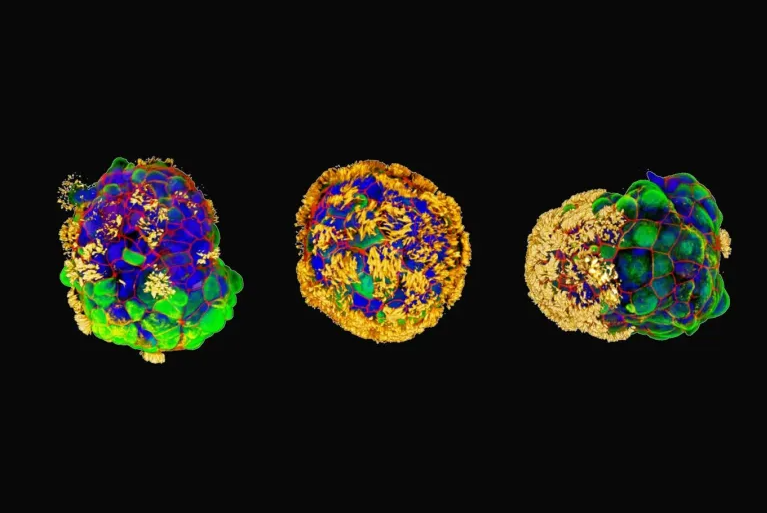
As outlined in a Tufts University website report, researchers conducted experiments to evaluate the healing capacity of robots by inducing artificial wounds in layers of human nerve cells cultivated in the laboratory. The robots, when directed towards these “wounds,” instigated notable regeneration of nerve cells, signaling promising prospects for effective healing under controlled conditions.
The research team envisions diverse applications for these robots, ranging from addressing arterial plaque accumulation and repairing nerve damage to detecting disease causes, delivering targeted medications, and contributing to tissue healing and regenerative medicine.
An additional and pivotal advantage lies in the observation that these biological robots typically function efficiently for a span of 45 to 60 days before undergoing natural decomposition. This encouraging concept, backed by laboratory results, suggests a swift transition to clinical trials, as emphasized by Najwa Al-Badri, Professor and Founder of the Biomedical Sciences Program at Zewail City of Science and Technology in Egypt.
Al-Badri underscores three key advantages expediting the move to clinical trials. Firstly, the use of patient-derived cells circumvents the challenge of administering immunosuppressive drugs when transplanting an organ foreign to them. Secondly, the cells employed undergo no genetic modifications, self-regulating naturally without external intervention, ensuring a high level of safety. Thirdly, cells sourced from the trachea in the study can be obtained from the patient without surgical procedures and possess “cilia” aiding in movement, with researchers developing a method to enhance collective cell movement for increased efficiency.
Looking forward, Al-Badri anticipates the research team addressing two critical questions in the near future, propelling their work towards clinical trials. Firstly, delving into the neural growth mechanism of Anthrobots, with potential implications for broader insights into cellular interactions and tissue regeneration, potentially advancing neural repair therapies. Secondly, ensuring the safety and long-term viability of these robots. While showing promise in the lab, understanding their extended effects and associated risks is imperative, especially considering their efficient operation for a specified duration before natural decomposition, raising questions about their longevity within the human body.
Leave a Reply